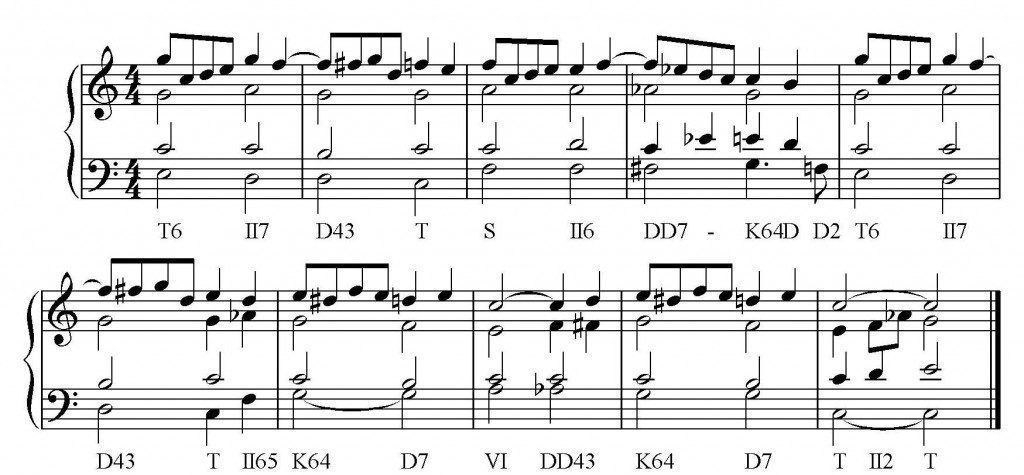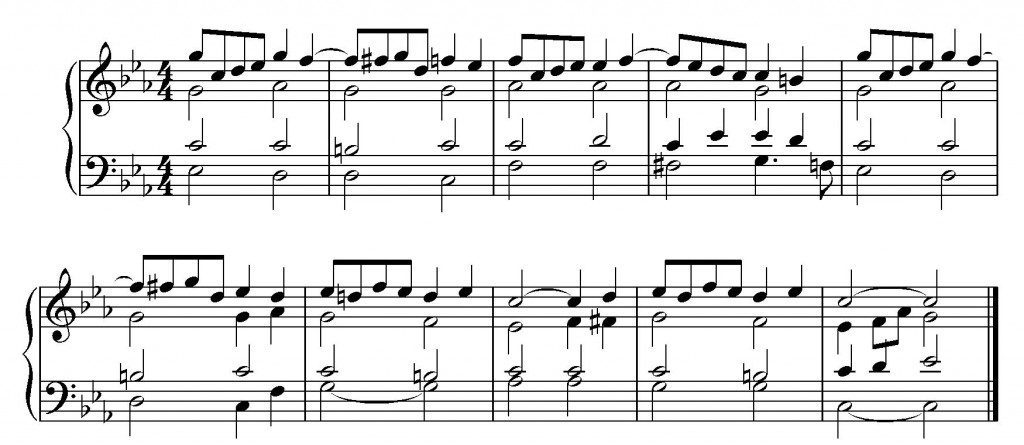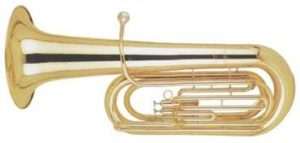
Harmony: playing a period with an interrupted cadence
We continue the topic of playing modulations. In the previous article, we found out that in order to play modulations, some basis is needed, which is most often the period (in general, only its second sentence is often played).

This article was entitled “Harmony: a period for the game”, which can be found by clicking on the highlighted words. If the hyperlink does not work, try searching for it in the “Study Materials” section in the left side menu of the site, or simply type the title of the article in the search box. The greatest value of that article is the musical examples of the period for the game. Now I propose to consider the same period, but in a different form.
The game of periods with the second sentence expanded due to the introduction of an interrupted cadence is a stage that prepares the game of modulations as such. And that’s why. Firstly, such a period in itself can lead to modulation: well, for example, in a purely functional sense, when the VI degree (natural or low) serves as a common chord equating two tonalities. Secondly, in an acoustic sense, the elliptical rotation of the D7-VI prepares the musician’s ear for transitions that are unexpected in sound effect. One would like to note that, in general, a musician’s ear is already trained, but in a harmonic task the music is presented in such a small portion that, compared to the sound streams of large musical works with their frequent and numerous changes in harmonies, the ear reacts to such transitions more sharply.
So, a major period with an interrupted cadence:

Here the second sentence is expanded, it contains two cadences, one of them is an imperfect interrupted cadence (bars 7-8), in which the VI degree is given instead of the tonic, the other is the final one with a perfect tonic (bars 9-10). I won’t say that simply repeating the cadence itself is successful for this period, rather the opposite, so you can change something in the last cadence. I played completely differently (I don’t like it that way either). To achieve a climax, you can raise the tessitura of the upper voice (at least at the level of a single move), introduce a dotted rhythm (as if placing tones before the end), or add an unprepared detention in the last measure. I, as a lover of imperfect cadences, would simply complete the construction with the tonic in the melodic position of the fifth, but, unfortunately, this is in no way acceptable within the framework of the educational task.
Let’s also look at the same construction, only in the minor scale of the same name:

How good does the sixth degree sound in a minor! It could also be introduced in major (in its harmonic form, plus lowering the third degree), then right from this moment it would be possible to lead everything to the last cadence in minor. I believe that in contrasting modes the repetition of cadences is justified, and moreover, it is expressive. Yes, by the way, in this case the modulation from major to minor of the same name would be very simple in technique.




